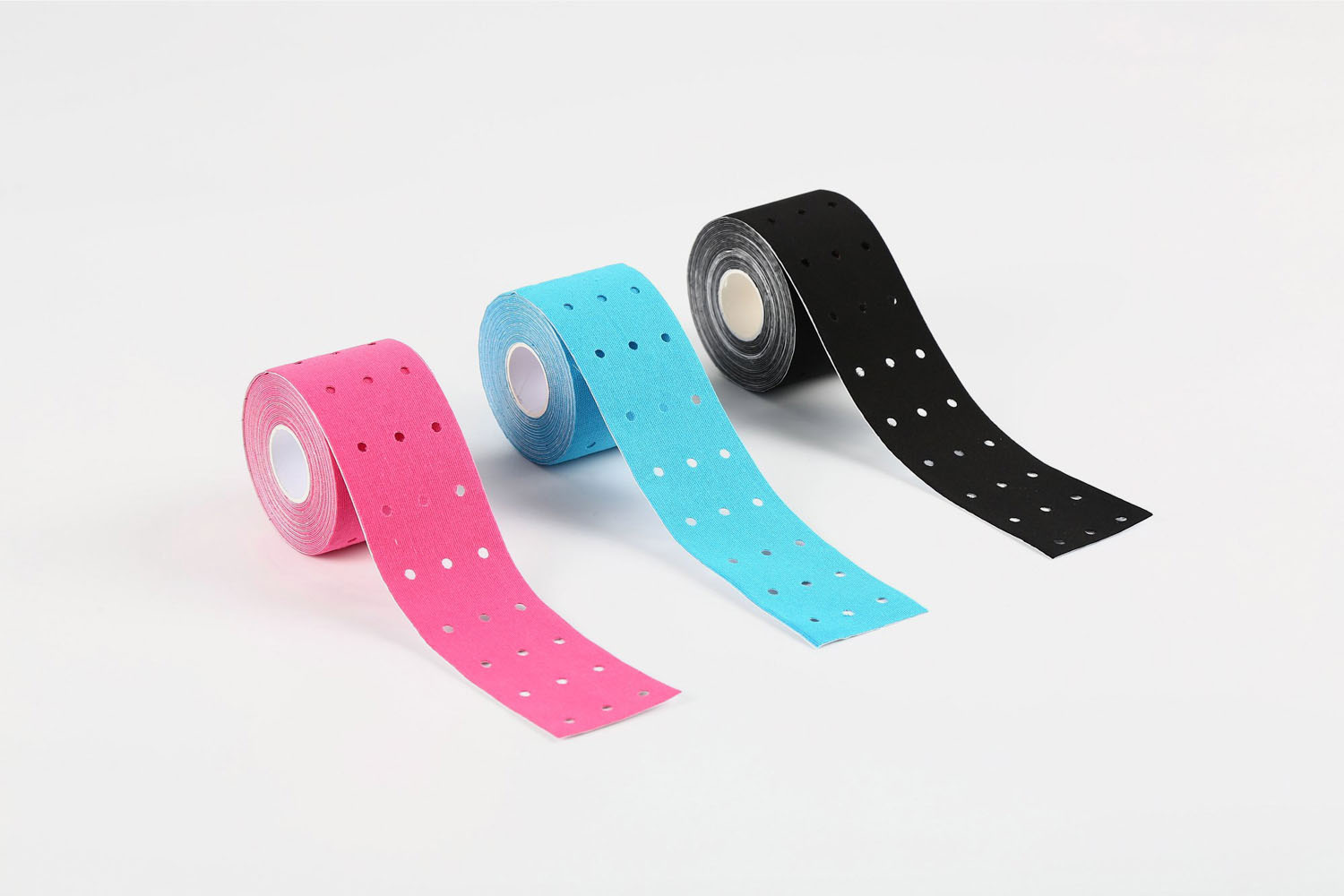Ventilate Kinesiology Tape is becoming a must-have tool for athletes, physical therapists, and fitness enthusiasts alike. Known for its breathable material, strong adhesive, and flexibility, this tape supports muscle recovery, enhances performance, and reduces pain — all without limiting movement.
The tape lifts the skin slightly, creating space that allows for better blood and lymphatic flow.
This reduces inflammation and promotes faster recovery of injured tissues.
Ventilate Kinesiology Tape provides gentle support to muscles and joints without restricting motion.
It allows for full range of motion, making it ideal during workouts or competitions.
The tape relieves pressure on pain receptors under the skin, helping to reduce discomfort from overuse or injury.
Many users experience immediate pain relief upon application.
Helps drain lymphatic fluid, which can minimize swelling and discoloration after injury.
Commonly used post-surgery or after intense physical activity.
Ventilate Kinesiology Tape can be applied to encourage proper alignment of the shoulders, spine, or knees.
Especially useful for people with sedentary jobs or postural imbalances.
Ensure the skin is clean, dry, and free from lotions or oils to maximize adhesion.
Depending on the purpose, cut the Ventilate Kinesiology Tape into "I", "Y", or "X" shapes.
Stretch the tape slightly (typically 25–50% stretch) as you apply it over the target muscle.
Avoid overstretching, which can cause skin irritation.
Gently rub the tape after applying to activate the heat-sensitive adhesive for a better hold.
Ventilate Kinesiology Tape can be worn for 3–5 days, even during showers or sweaty workouts.
Ideal for both amateur and professional athletes looking to boost performance and prevent injury.
Commonly recommended by physiotherapists for post-injury muscle support and joint stabilization.
Helps reduce strain from poor posture, particularly in the neck, shoulders, and lower back.
Often used to support the abdominal area and relieve lower back pain during pregnancy (with doctor’s approval).
Offers gentle joint support and improves mobility without the need for braces or wraps.
This can weaken adhesion and reduce the tape’s effectiveness.
Can lead to skin irritation or premature peeling.
Not matching the correct cut (I, Y, or X) to the muscle group can reduce therapeutic benefit.
Pulling off too fast can irritate or damage the skin — always remove slowly and with care.
